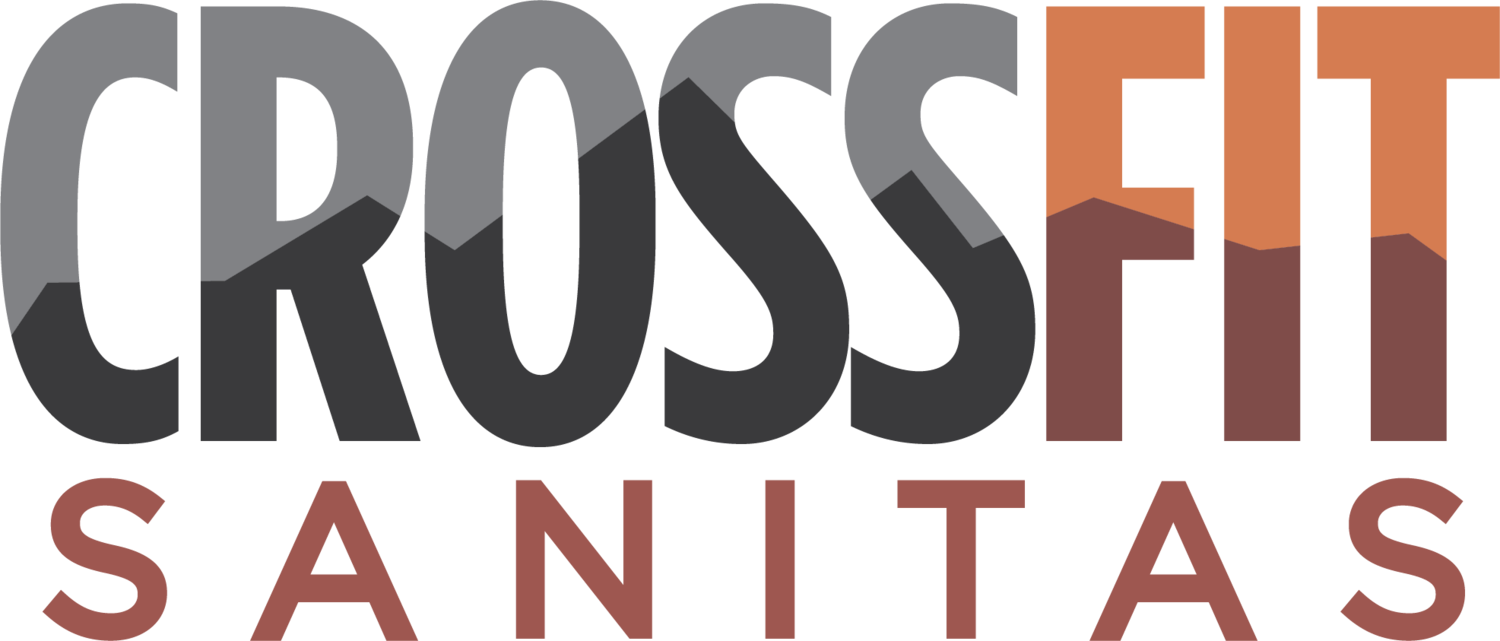Optimizing Your Meals: Nutrient Timing for Muscle Gain And Fat Loss
Whether you're doing a Clean Challenge or just trying to get stronger, leaner, or feel better—what you eat, and when, matters. Quality food and appropriate portions come first. Once that’s dialed in, nutrient timing can help you get even better results.
Why Nutrient Timing Matters
Your body is constantly adapting to the stress of training. By eating the right foods at the right times, you can:
Enhance recovery
Support hormone balance
Build or preserve muscle
Improve body composition
Nutrient Timing for Performance & Muscle Gain 🏋️♀️
If your goal is to build muscle, improve strength, and perform better in workouts:
Step 1: Post-Workout Window (Within 30–60 Minutes)
This is the most important window for fueling gains.
Eat 20–40g protein + 20–40g fast-digesting carbs (1:1 ratio for strength workouts)
Great options:
Whey protein shake + banana
Rice cakes with almond butter + protein powder
Greek yogurt + berries
Keep fats low to maximize absorption
💡 This combo replenishes glycogen, spikes muscle protein synthesis, and reduces soreness.
Step 2: 1–2 Hours After Workout
Eat a balanced meal with:
Lean protein (chicken, turkey, fish, tofu)
Complex carbs (sweet potato, brown rice, quinoa)
Non-starchy veggies
Small amount of healthy fat
Throughout the Day
Eat every 3–5 hours
Include protein at every meal
Focus on whole foods and veggies for long-term recovery and energy
Nutrient Timing for Fat Loss (While Preserving Muscle)
If your goal is to lose fat without losing strength or lean mass:
Morning Routine ☀️
Hydrate: Water + pinch of sea salt + lemon upon waking
If training fasted, eat post-workout immediately (same 1:1 carb:protein guideline)
If not training yet, eat a protein + healthy fat breakfast (e.g. eggs + avocado, protein coffee with MCT oil)
After Your Workout (Any Time of Day)
Prioritize 1:1 carb:protein meal or shake
Fast-digesting carbs and lean protein help preserve muscle while staying in a fat-burning mode
Balance Meals Through the Day
Keep carbs nutrient-dense (e.g. squash, sweet potato, fruit in moderation)
Focus on lean proteins and fiber-rich veggies
Include healthy fats (olive oil, nuts/seeds, avocado)
Key Takeaways for All Goals
Post-Workout Nutrition Matters Most: Eat protein + carbs within 30–60 minutes of training
→ Use a 1:1 ratio for strength or 2:1 for longer workoutsEat Whole Foods: Prioritize minimally processed, nutrient-dense meals
Stay Consistent: Nutrient timing only works if your training and recovery habits are solid
Want to Lean Out or Add Muscle Faster? Focus on:
Post-workout fueling
Protein at every meal
Consistent training and sleep
Eating balanced meals—not skipping them
Stick to these habits for 30 days and watch your performance, body comp, and recovery level up.


